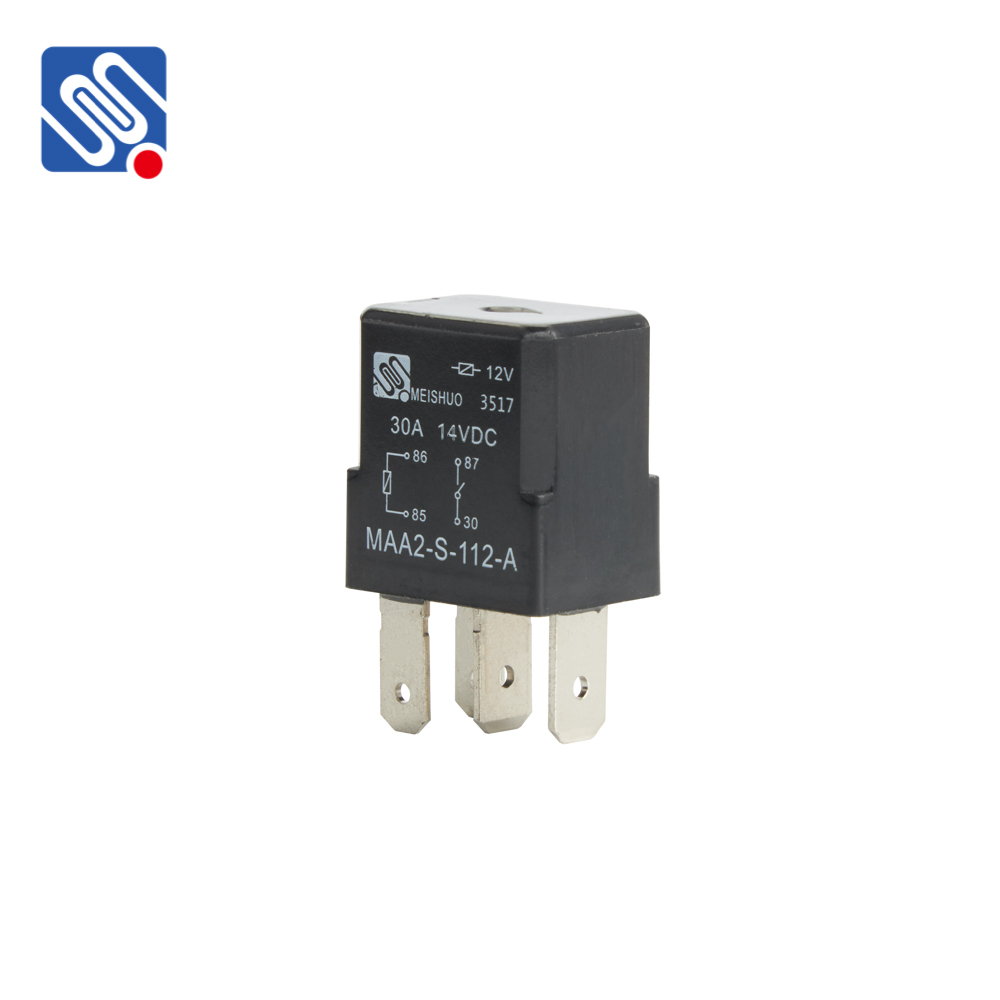understanding relay current: importance and application in electrical systems
Release time:2025-10-20 18:22:13
Relay current is an essential concept in the field of electrical engineering, referring to the electrical current that flows through the coil and the contacts of a relay. A relay, as an electrically operated switch, plays a crucial role in controlling electrical circuits in a wide range of applications, from automotive to industrial automation. Understanding relay current is key to selecting the right relay for a particular task and ensuring the optimal performance of the system. This article explores the two primary types of relay currents: coil current and contact current, and discusses their significance in electrical systems.

The Basics of Relay Operation
A relay works based on electromagnetic principles. It consists of a coil, a movable armature, and one or more sets of contacts. When an electrical current is passed through the coil, it generates a magnetic field that attracts the armature, causing the contacts to either open or close. The relay is used to control larger currents or voltages in the circuit while being triggered by a smaller control signal.
1. Coil Current
The coil current is the current that flows through the relay's electromagnetic coil, which is responsible for activating the switch. This current is typically much smaller than the current controlled by the relay's contacts. The coil current is dependent on the voltage applied to the coil and the resistance of the coil itself. In most relays, this current is in the range of milliamps to a few hundred milliamps.

